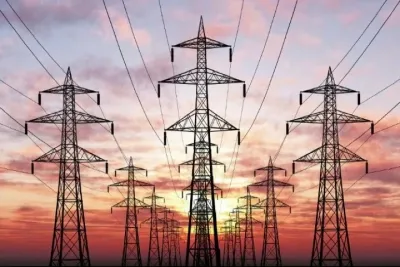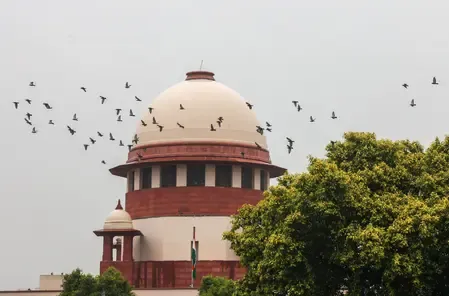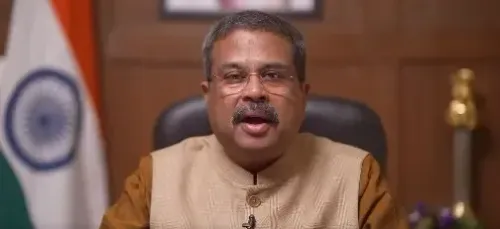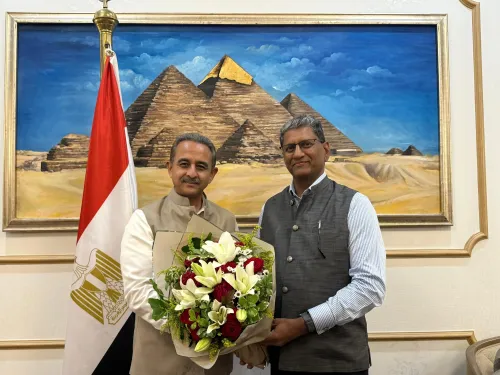What is the Central Electricity Authority's roadmap for 100 GW nuclear capacity by 2047?

Synopsis
Key Takeaways
- 100 GW nuclear capacity by 2047 is a significant goal for India.
- CEA plays a crucial role in shaping energy policy.
- Emphasis on renewable energy integration is vital for sustainability.
- Data-driven decision-making is essential for future planning.
- The Master Plan will aid in effective hydroelectric project execution.
New Delhi, Oct 11 (NationPress) The Central Electricity Authority (CEA) revealed ambitious plans for the future of India’s energy sector on Saturday by presenting the strategy for developing 100 GW nuclear capacity by 2047. This initiative aligns with the nation's long-term energy goals and climate commitments.
During the celebration of its 52nd Foundation Day in New Delhi, Pankaj Agarwal, Secretary of the Power Ministry, praised CEA for its significant contributions to the cohesive advancement of the Indian power sector.
Agarwal acknowledged CEA’s essential role in shaping policies, planning power systems, and fostering technological advancements to guarantee a reliable, cost-effective, and sustainable electricity supply across the country.
He stressed that as India works towards fulfilling its commitment to achieve Net-Zero by 2070, the leadership of CEA will be vital in facilitating large-scale renewable integration, enhancing nuclear capabilities, and strengthening grid security and resilience.
In pursuit of its vision to provide reliable 24×7 power supply of suitable quality to all consumers, CEA has taken a leading position in the evolution of the power sector, playing a crucial role in planning and managing the nation's electricity demands.
Through its five decades of history, the Authority has consistently showcased its dedication to delivering reliable and sustainable power to the nation.
Ghanshyam Prasad, Chairperson of CEA, recounted the organization’s journey since its establishment in 1973.
He pointed out the Authority’s achievements in generation and transmission planning, developing technical standards, and modernizing the electricity grid.
Prasad also emphasized the increasing significance of data-driven decision-making, digital innovations, and advancements in guiding India’s power sector toward sustainability and efficiency.
During the Foundation Day festivities, CEA unveiled the 'Master Plan for Evacuation of Power from Hydroelectric Plants in the Brahmaputra Basin', detailing the phased transmission infrastructure necessary to facilitate the evacuation of around 65 GW hydroelectric capacity, which will aid hydro power developers in effectively planning and implementing their projects.









